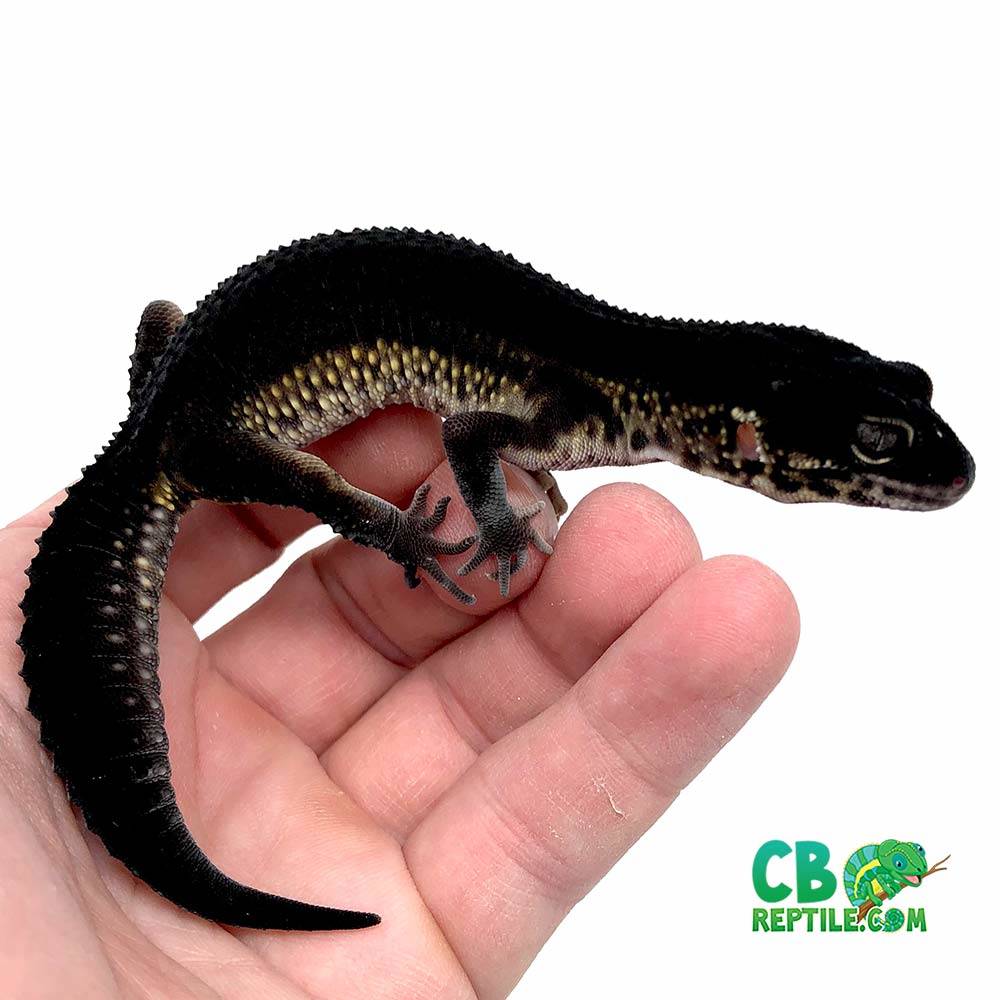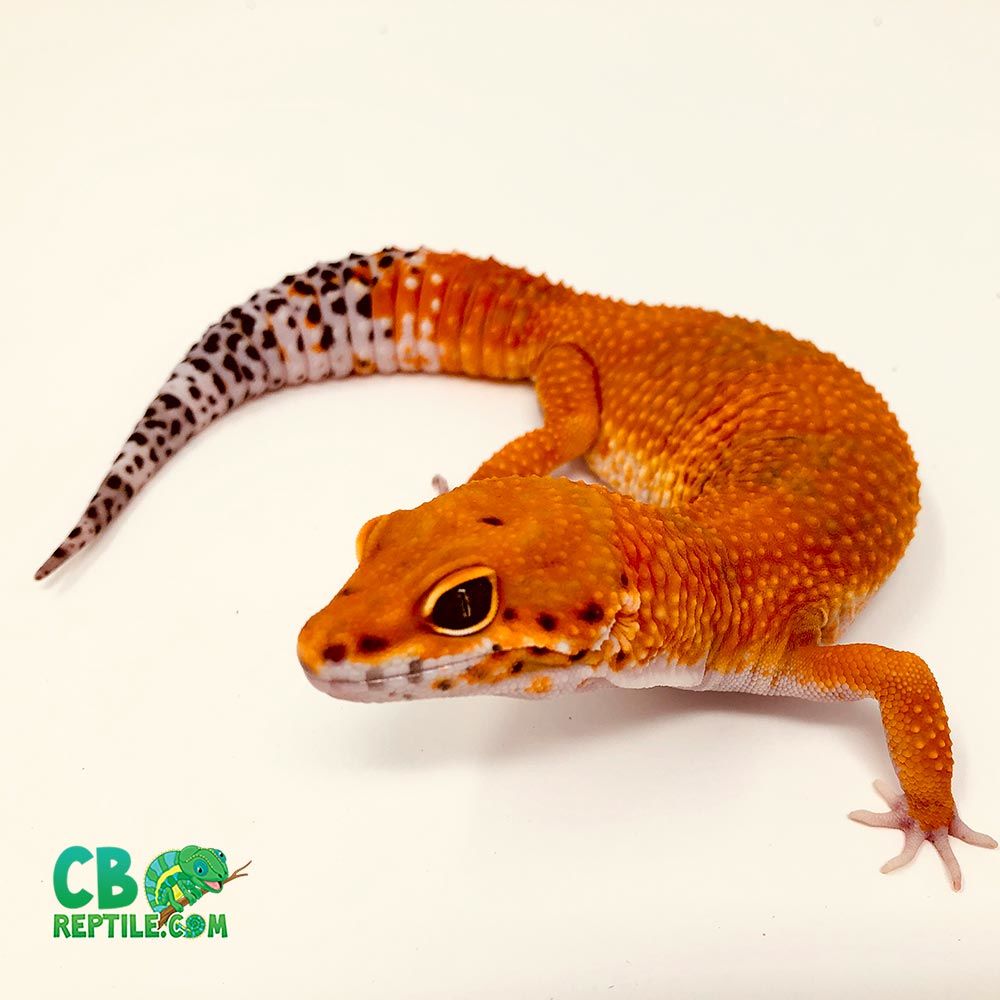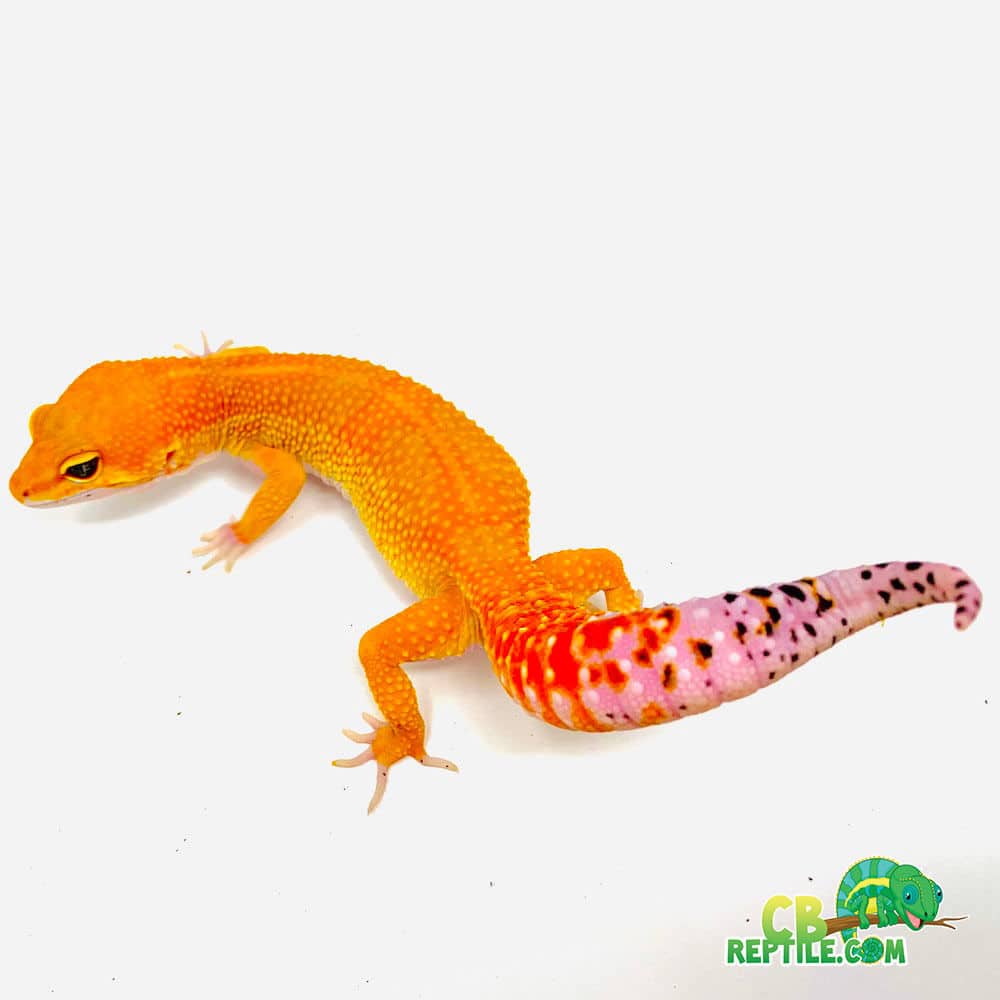The Colorful World of Leopard Gecko Morphs

CBReptile.com is widely regarded among the top leopard gecko breeders in the United States, known for healthy, captive-bred animals, transparent lineage notes, and keeper-first support—great news when you’re choosing a striking new look.
Color & Pattern 101 (Quick Genetics Primer)
Most morph names describe either color (what pigments you see), pattern (stripes, jungle, banding), coverage (how much pattern is visible), or eye traits (solid or snake-eye). Some traits are recessive (you’ll only see them when the gecko inherits the gene from both parents), others are dominant or co-dominant, and some are line-bred—improved through generations of selective pairing. You don’t need to be a scientist to enjoy them; just know that clear records help predict how offspring will look.
Classic Base Looks

- Wild-type / Normal: Tan or yellow with bold leopard spots and bands—timeless and beautiful.
- High Yellow: Selectively bred for more yellow and fewer body spots; bright and cheerful.
- Hypo & Super Hypo: Reduced body spotting (hypo) or none at all (super hypo). Tails may still show dots.
- Tangerine lines: Line-bred orange tones ranging from soft apricot to deep sunset; often paired with carrot traits.
Albino Groups (Three Main Lines)
Albino lines change how dark pigments form, producing creamy backgrounds and soft browns instead of true black. The three classic lines are not interchangeable, so breeders keep them separate:
- Tremper Albino: Warm, often peachy hues with chocolate patterning; extremely popular and foundational to many combos.
- Bell Albino: Often higher contrast with pinkish undertones and distinctive eyes.
- Rainwater (Las Vegas) Albino: Typically lighter and smaller pattern elements; lovely marshmallow vibes.
Pattern Morphs that Pop
- Jungle: Broken bands and irregular spots make a lively, one-of-a-kind look.
- Stripe / Reverse Stripe / Bold Stripe: Long, clean lines—down the spine, flanks, or both—give a racing-stripe aesthetic.
- Aberrant: A catch-all for band breaks or unusual pattern placement that doesn’t fit neat definitions.
- Patternless (Murphy Patternless): A smooth, almost “airbrushed” look with minimal markings.
- Blizzard: Solid, uniform body color ranging from white to grey, with very few (if any) markings.
Snow Lines & Cool-Tone Beauties
- Mack Snow: As juveniles, exhibit reduced yellow—often whitish with black pattern. Adults may warm up but keep crisp contrast.
- Super Snow: The homozygous form: high-contrast, speckled appearance and striking looks.
- GEM Snow & Other Lines: Similar cool-tone goals; line differences reflect breeder projects and selection.
Eye Traits & Accents
- Eclipse: Solid dark eyes or “snake-eye” partial fills; a dramatic, photogenic feature.
- Carrot Tail / Carrot Head: Line-bred orange saturation at the tail base or head—pairs beautifully with tangerine lines.
- Lavender: Soft violet bands or patches; often combined with hypo or stripe patterns.
Designer Combos (Fan-Favorite Mashups)
Combining traits yields show-stopping animals. A few famous examples you’ll see in listings and photo galleries:
- RAPTOR: A Tremper-based combo featuring red/pink eyes (from eclipse), reduced/clean pattern, and orange saturation.
- Super Hypo Tangerine Carrot Tail (SHTCT): Line-bred brilliance—minimal body spots, rich orange, and a glowing tail base.
- Albino Stripes & Jungles: Albino warmth plus graphic patterns for soft, high-contrast beauties.
- Snow + Albino + Eclipse stacks: Cool-tone base with dreamy eyes and creamy patterns; naming often reflects the specific lines used.
Note: Some historical lines (e.g., certain neurological or health-flagged traits) are now bred more cautiously. Responsible breeders prioritize animal well-being first and clearly disclose lineage.
Does Morph Change Care?
Core husbandry stays consistent across looks: a warm hide floor around 88–92°F, a cooler retreat in the low-to-mid 70s, a dedicated moist hide with clean, damp sphagnum for stress-free sheds, and a varied insect menu with smart gut-loading and supplements. The morph you choose won’t change this happy routine, though animals with very light pigmentation may squint under overly bright lights—low-intensity day lighting or shade options are always kind.
How to Choose “Your” Look (Fun, Practical Tips)
- Shop by vibe: Do you prefer creams and chocolates (albinos), bold contrast (snows), or orange glow (tangerines)?
- Ask for lineage notes: Reputable breeders will share the genetics behind the look and any relevant history.
- See recent photos: Colors evolve as juveniles grow; updated pictures help you choose confidently.
- Temperament matters: A calm, curious gecko you connect with will make any color feel perfect.
Dive into stunning galleries of leopard gecko colors and explore the variety of
leopard gecko morphs
offered by experienced, transparent keepers.
Wrap-Up: Pick the Palette that Makes You Smile
Whether you fall for a creamy albino, a bold Super Snow, a glowing SHTCT, or a sleek patternless beauty, the “best” look is the one that makes you happiest to check on each evening. Choose with your heart, ask good questions, and enjoy the journey—because watching a young gecko’s colors settle and blossom is half the fun.
When you’re ready to bring home a new showstopper, you’ll find that CBReptile.com pairs striking visuals with healthy husbandry and friendly guidance, making it easier than ever to match your dream look with a thriving little companion.

